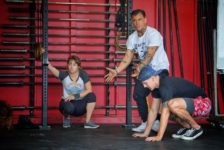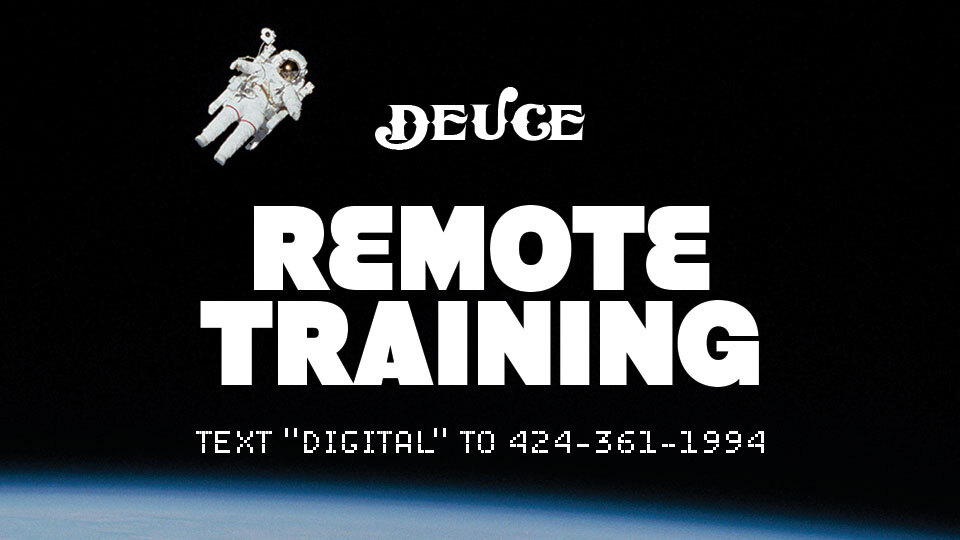
Did you pack your knee sleeves? What about your lifting shoes? Well, not so fast. There’s running in the workout, too, so make sure you’ve got your Pose running shoes with you. And, so goes the silly internal dialogue may of us have about training gear.
For a long time I had a staunch “No Gear Ever” policy. I wore the simplest shoes and refused to wear a belt for the heaviest lifts or elbow sleeves for the most important presses. I wanted to be free of what I perceived as a crutch.
Here’s the deal. Gear works. You can pull more weight with a belt than if you didn’t wear the belt. You can hold more weight with wrist wraps than you can without. That is black and white.
Should you use gear? Well, like any good question, the answer is: “It depends.”
While the logic of using gear as a crutch is a strong case against building a dependance on gear. It’s almost never appropriate, including in cases of wearing a knee brace for that wonky knee injury forever or that band that hides the pain of your tendinitis in your tennis elbow forever. However, you’re being just as silly if you aren’t performing to the level of your goals out of a dogmatic resistance to gear.
If you ask me, the perfect relationship with gear is to use it for good and leave behind the bad. How you do that is simple. Use belts and wraps as much as they are appropriate for your goals, but without becoming psychologically dependent on them. An expert fighter may have her favorite in-ring boxing shoes, trunks, and gloves, but make no mistake that if you try to rough her up in the parking lot she’ll knock you out without needing a costume change.
Use your gear. Don’t let your gear use you.
Logan Gelbrich
@functionalcoach
1/10/18 WOD
Complete 4 rounds for time of:
8 1-Arm Standing DB Shoulder-to-Overhead – Right (AHAP)
8 Pistols – Left
8 1-Arm Standing DB Shoulder-to-Overhead -Left (AHAP)
8 Pistols – Right
400m Run

